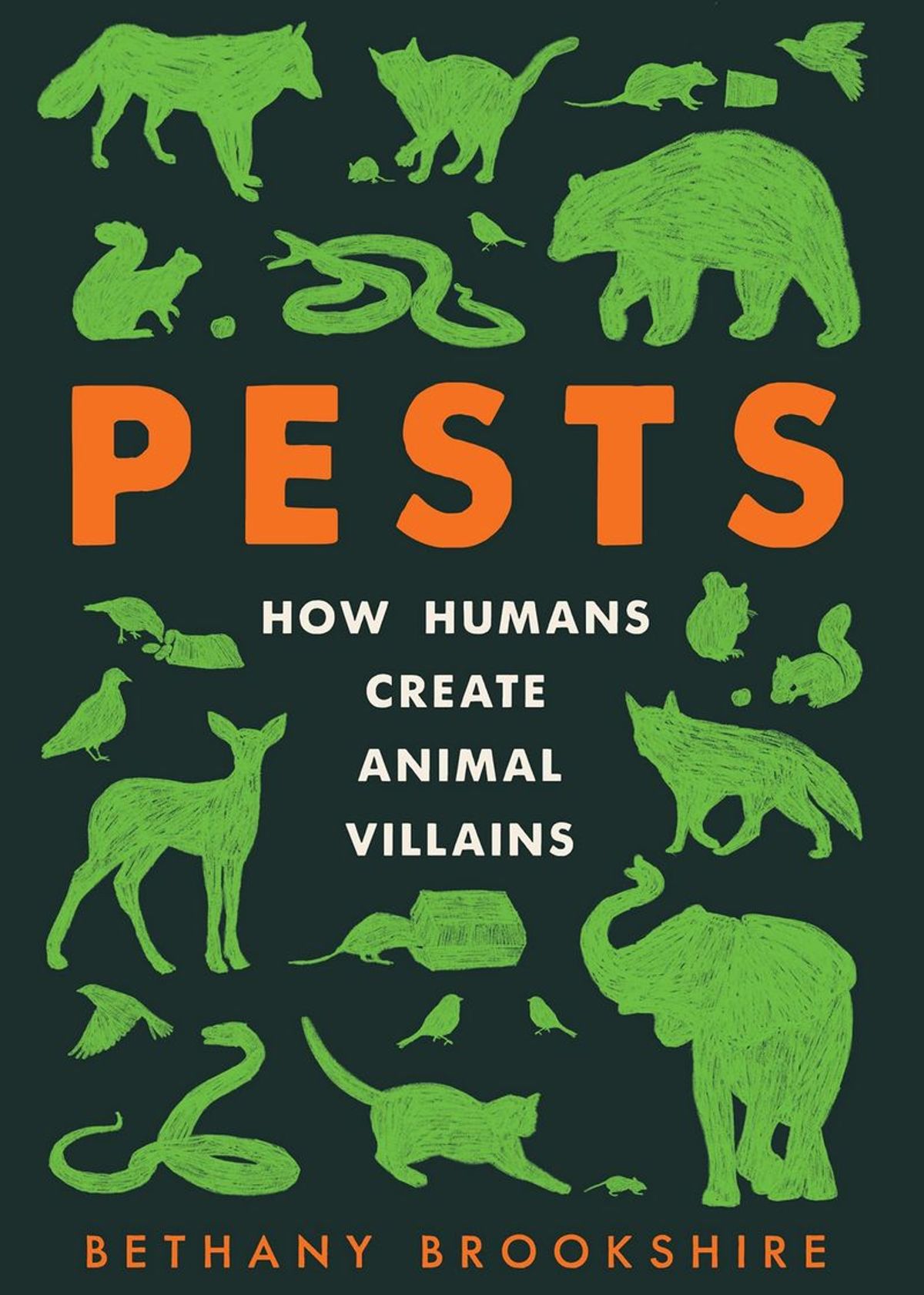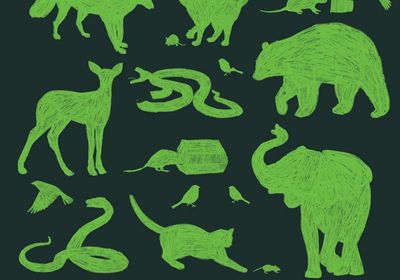ABOVE: Ecco, December 2022
A few years ago, a stray tabby cat picked her way gingerly through my backyard. She was shabby and thin, jumpy and timid. By the time I’d opened my back door to try to see her more closely, she’d already fled.
I’m a hopeless cat lover. I left out some food. The next day, the tabby was back, eating my offering with tension quivering in every hair. I peeked out at her through my back window. She was a charming molasses-cookie brown under her stripes. Her left ear was cut flat—the sign she had been trapped, spayed, and released again.
Again I tried to go outside. Again she was gone.
I put out breakfast the next morning. She came back. Over time, she stopped running, first staying a few yards away and then waiting for me every morning. I began to call her Jane.
I knew that stray cats weren’t really good for anyone—local wildlife or the strays themselves. Fed or not, they ate birds. I had seen Jane myself, hopping over the fence with a sparrow in her mouth. Cat poop littered the neighborhood (and my yard—no bare toes in the grass for me). They carried fleas and worms and infected each other with diseases from feline immunodeficiency virus to rabies. I also knew they were in constant danger from local coyotes. One of the biggest threats they faced, though, was people driving cars, oblivious to small, furry mammals.

But the damage was done. I was running a cat diner. Soon, Jane brought three more female cats. Two seemed to be adolescents, growing into their paws. A runt bumbled behind, scrawny and undersized, with a bright white mask and tall dirty-white back socks.
It became clear that Jane was the leader, if not the mother to these three. As she warmed to my presence, they did too. Soon, Jane was wrapping herself around my legs, politely asking to be petted. Her runt was soon bumping my hand with her head to be scratched as well, drooling with happiness when I snuggled her. Jane always had the air of an impoverished gentlewoman, a high-class feline who had fallen on hard times. A cat who deserved better than this. She would sit next to me on my back porch while I read, bolt upright, with perfect posture. A lady taking a cup of tea with a neighbor.
I made plans to trap Jane and the runt with the tall white boots, take them to the vet, and then see if they might want to stay with me.
I never got the chance. In 2018 our next-door neighbors banged on our door in the July twilight. Jane had been hit by a car a block away. I grabbed a towel and raced outside.
By the time I arrived, it was too late. Lady Jane took her last, slow breaths in my arms. Her three companions crouched, unblinking, by the side of the road. I wondered what they could be thinking, watching the hairless bipeds hover over their dying comrade. They stared motionless at us, as my husband and I wrapped Jane in the towel and carried her home. We buried her on the hill behind our house in the fading light. Afterward, we drank whiskey with the neighbors, toasting the memory of our Lady.
Jane’s two biggest compatriots continued to drop by for breakfast for a few weeks. They also had the telltale trimmed ear—deemed too wild to find a home. And without Jane, they lost their tameness. After a while, they sauntered off entirely, no doubt in search of better cat food from other houses.
Months later, though, Jane’s smallest runt of a kitten remained. She didn’t seem to know what to do without Jane to lead her. Her tall dirty-white back socks reminded me of Julia Roberts’s thigh-high boots in Pretty Woman.
She took up a plaintive position in our kitchen window, where she could look in to see if I was home. She begged constantly for attention with tiny, kittenish wails that pierced the glass. I started spending more and more time outdoors with her, finally training her to walk into a cat carrier for treats. One day, the treats were a trap—we went to the vet, and the cat came inside.
H. H. Boots, Purrveyor of Dry Goods (the Hs, both of them, stand for Hooker), is now a treasured family member. She’s gone from timid, tiny stray, to plump and bossy. She’s sitting in my lap as I write, alternating between nuzzling her head under my arm and gazing up soulfully into my face, drooling slightly as she purrs.
Her breath is awful. I love her desperately.
A few years later, one of her sisters also came inside—and after a two-thousand-dollar surgery for severely infected teeth, added herself to our little family. The last of Jane’s entourage remains at large, with other, new strays as its companions. They all get food and water from several neighbors, one of whom even maintains an outdoor cat house. I keep an eye out for them every morning on my runs. Often, I spot them lounging on the porches of the other neighbors. They cuddle with no one and are as likely to slash out at my offering hand as to run away in fear. In the evenings, I see their eyes glinting in the dusk, focusing intently on a mourning dove or sparrow below the neighborhood bird feeders—something young and naive enough to be caught. Every spring, I listen to the birds on my back porch and wonder how many of them will end up silent victims to cat claws.
As humans wreak their own havoc on local biodiversity, the cats associated with them do the same. Feral, stray, and outdoor domestic cats together slaughter one to four billion birds and six to twenty-two billion mammals every year in the contiguous United States. Cats are carnivores who happen to be live prey specialists. As long as it’s small and moving, it’s fair game to a cat, and species doesn’t really matter. Any small bird, reptile, or rodent will do. And as cats have spread around the world, they’ve found plenty of small prey. At least 63 species have vanished entirely into the jaws of our favorite feline. They threaten 430 more. Cats are especially problematic on islands, where animals may never have been hunted before humans arrived with small, furry predators in tow. Ground-nesting birds and local rodents are in particular trouble. Invasive species (including cats) have been involved in 86 percent of the species extinctions on islands since 1500. There, where species haven’t evolved to avoid predators, and where there’s nowhere to run, cats can feast.
H. H. Boots and her adopted sister are now honored pets. But their former companions—their fellow strays—are killers. And in some places they are poisoned or shot, and people call them pests.
From the book PESTS by Bethany Brookshire Copyright 2022 by Bethany Brookshire. Reprinted by permission of HarperCollins Publishers.





